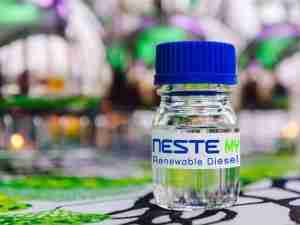Ruble Gains With Oil as Exporters Convert Dollars for Dividends
By: Vladimir Kuznetsov | Aug 02 2016 at 11:16 AM | International Trade
The ruble gained as oil rebounded after falling into a bear market and Russian companies sold dollars to prepare for dividend payments.
The currency of the world’s largest energy exporter rose 0.8 percent to 66.35 per dollar by 6:15 p.m. in Moscow. Brent crude increased 0.5 percent after Bank of America Merrill Lynch said on Tuesday crude’s 15 percent decline in the past month represents a good buying opportunity.
Exporters are adding support to the ruble as they prepare to issue dividends, with Gazprom PJSC likely to pay out 181 billion rubles ($2.7 billion) to shareholders by the end of the week, according to Sberbank CIB estimates. The dividend effect has tempered a currency selloff since Russian President Vladimir Putin signaled concern about the ruble’s strength. This indicated he may want the central bank or finance ministry to limit appreciation through purchases of foreign currency for the first time in a year.
“Oil remains the determinant factor for the ruble,” said Dmitry Polevoy, chief economist for Russia at ING Groep NV in Moscow. “Through the end of the week there may be possible sporadic impact from dividend payments.”
Brent crude, used to price the country’s main export blend, jumped to $42.35 a barrel in London. Oil has tumbled more than 20 percent since reaching a peak for the year in June, meeting the common definition of a bear market.
Russian government bonds fell, with the yield on five-year debt climbing one basis point to 8.76 percent. The Micex Index of shares dropped 1.9 percent, poised for the biggest decline in five weeks, as Lukoil PJSC slid 3.4 percent. The index closed on Monday 1.1 percent below a record high, bolstered by a rally in emerging-market shares.
“The main risk is emerging markets drop out of fashion in August, while oil doesn’t recover. Then we might see a deeper correction both in the ruble and in equities,” Vladimir Vedeneev, chief investment officer at Raiffeisen Asset Management in Moscow, said by e-mail.










